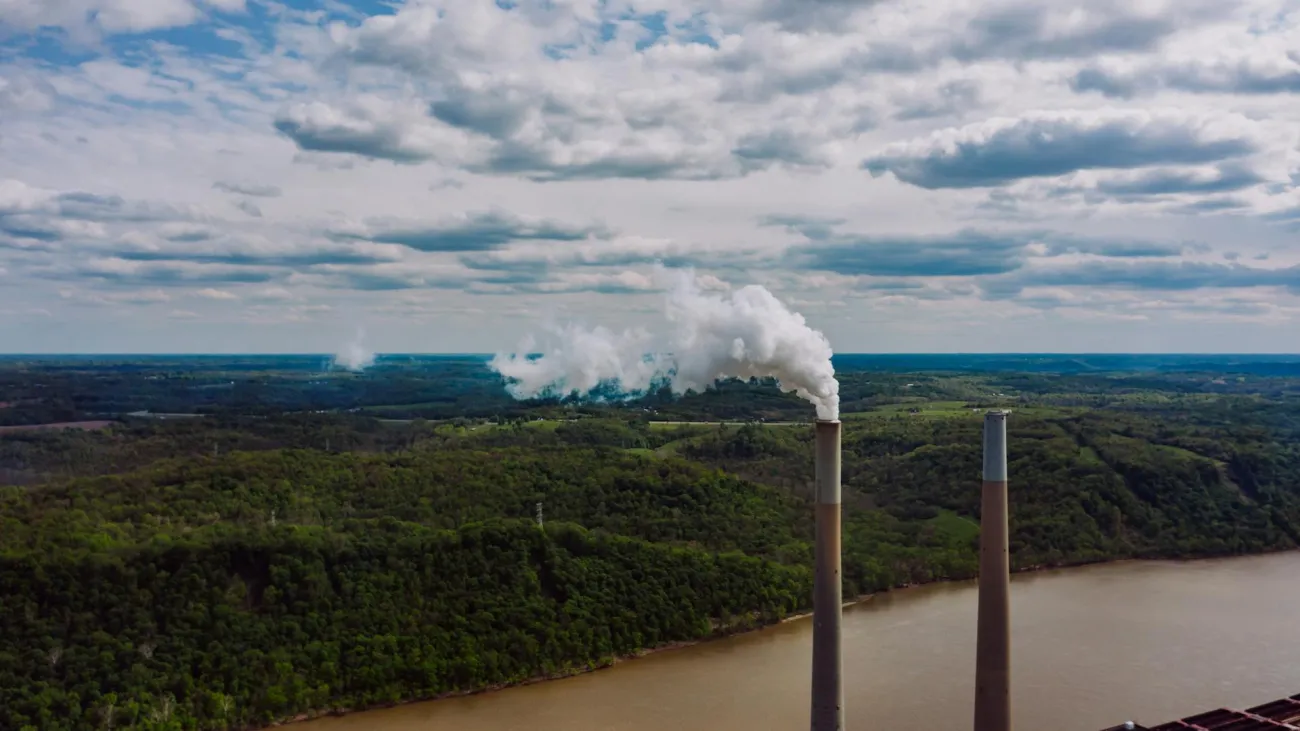This updated version further develops the Planetary Boundaries concept, which was first published in 2009. In their original outline of the concept the authors identified nine key global processes and systems that regulate the stability and resilience of the Earth System – the interactions of land, ocean, atmosphere and life that together provide conditions upon which our societies depend. They argued that if these natural processes are disrupted beyond a certain ‘boundary’ point, the consequences could be irreversible and lead to abrupt environmental change, making life on earth very hard for humans.

They therefore specified precautionary biophysical boundaries of impact which humanity needs to keep within, in the following nine areas: climate change; changes in biosphere integrity (biodiversity loss and species extinction); stratospheric ozone depletion; ocean acidification; biogeochemical flows (phosphorus and nitrogen cycles); land system change (eg. deforestation); freshwater use; atmospheric aerosol loading (microscopic particles in the atmosphere that affect climate and living organisms); introduction of novel entities (e.g. organic pollutants, radioactive materials, nanomaterials, and micro-plastics).
The original planetary boundaries paper can be found here and the citation is:
Rockström, J., W. Steffen, K. Noone, Å. Persson, F. S. Chapin, III, E. Lambin, T. M. Lenton, M. Scheffer, C. Folke, H. Schellnhuber, B. Nykvist, C. A. De Wit, T. Hughes, S. van der Leeuw, H. Rodhe, S. Sörlin, P. K. Snyder, R. Costanza, U. Svedin, M. Falkenmark, L. Karlberg, R. W. Corell, V. J. Fabry, J. Hansen, B. Walker, D. Liverman, K. Richardson, P. Crutzen, and J. Foley. 2009. Planetary boundaries:exploring the safe operating space for humanity. Ecology and Society 14(2): 32. [online] URL: http://www.ecologyandsociety.org/vol14/iss2/art32/
This update to their work, published in Science, concludes that four of the nine planetary boundaries have now been crossed as a result of human activity. These are: climate change, loss of biosphere integrity, land-system change and altered biogeochemical cycles (phosphorus and nitrogen).
Abstract
The planetary boundaries framework defines a safe operating space for humanity based on the intrinsic biophysical processes that regulate the stability of the Earth System. Here, we revise and update the planetary boundaries framework, with a focus on the underpinning biophysical science, based on targeted input from expert research communities and on more general scientific advances over the past 5 years. Several of the boundaries now have a two-tier approach, reflecting the importance of cross-scale interactions and the regional-level heterogeneity of the processes that underpin the boundaries. Two core boundaries—climate change and biosphere integrity—have been identified, each of which has the potential on its own to drive the Earth System into a new state should they be substantially and persistently transgressed.
Citation
Steffen et al. 2015. Planetary Boundaries: Guiding human development on a changing planet. Science, January 2015. DOI: 10.1126/science.1259855
Read the full paper here and see a summary from Stockholm Resilience Centre here. You can also see an interview with one of the researchers involved - Katherine Richardson, by World Watch Institute here. The FCRN’s research library has a few resources related to the planetary boundaries research here – including a critique here.




Comments (0)